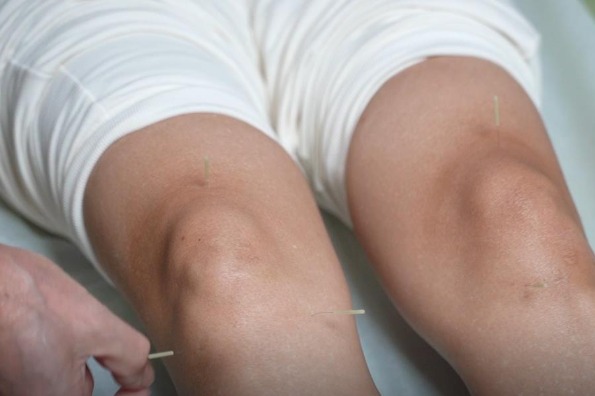Sticking it to winter ailments with TCM


A course of treatment often includes three rounds of plasters in summer, which often falls on the beginning, middle and end of sanfu respectively, Liu says.
Under the TCM system, it is believed that the yang energy in the universe reaches its peak in summer, while the yin energy is at its lowest ebb, and the same is true for the energy in the body.
The medicine in sanfutie is thought to be able to mitigate the cold and dampness that lurks in the human body and causes illness during the winter. In the hot summer, the yang energy in the human body can help enhance the effect of the medicine.
"The therapy seemed quite effective because he coughed much less last winter. Therefore, we decided to come for a second year," says Shi's wife, who was also taking the therapy in the hope of boosting her immunity.
Treating winter diseases at the height of summer is a notion promoted in TCM, and it reflects the philosophy of preventing disease over treating it, says Wei Fuliang, an acupuncturist.
Though the number of reservations for sanfutie treatment at some hospitals dropped slightly this year due to fears of COVID-19, the traditional treatment is still favored by many Chinese.




